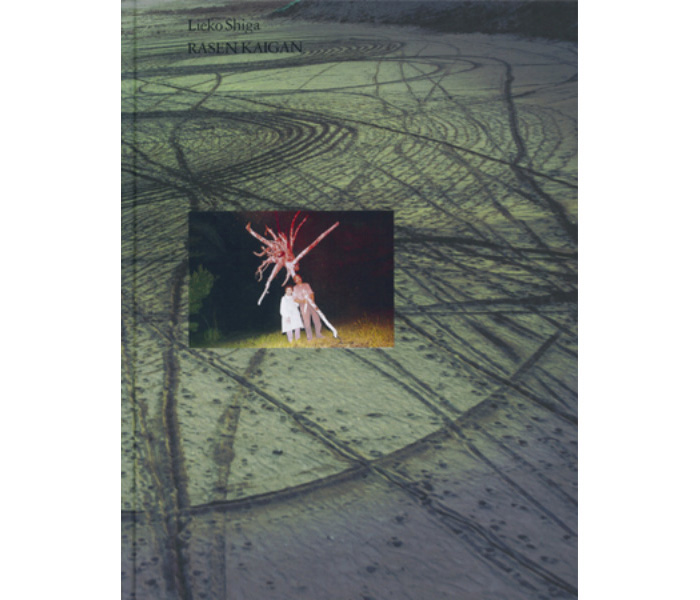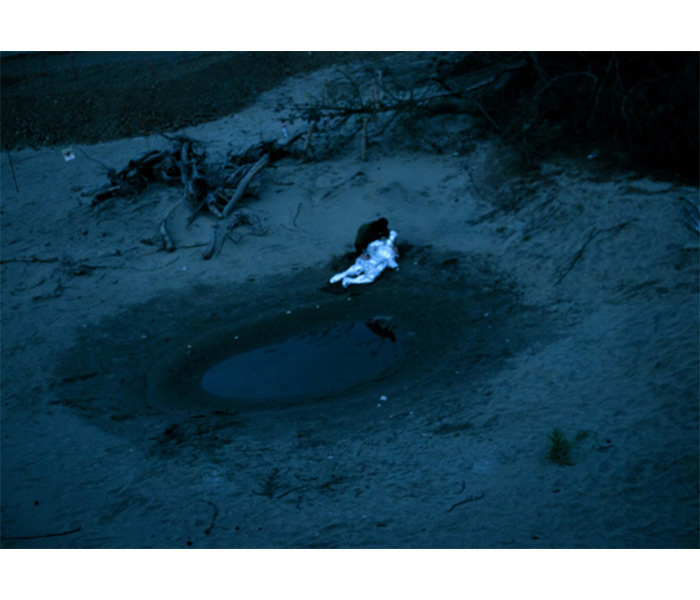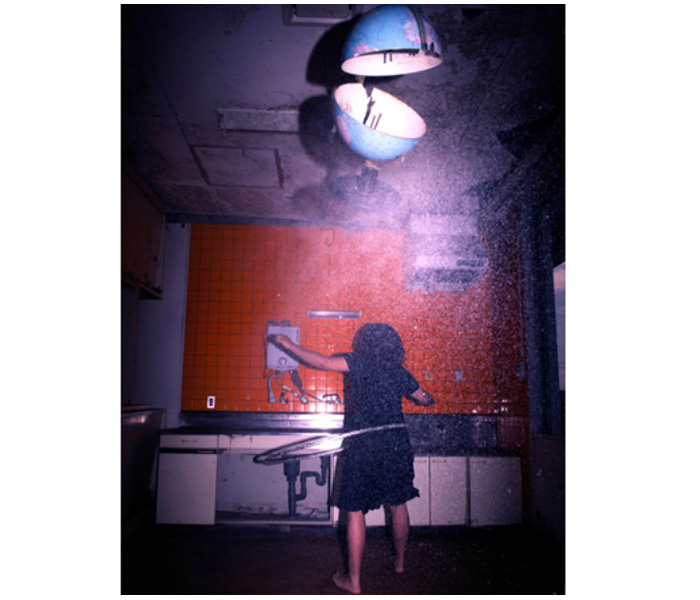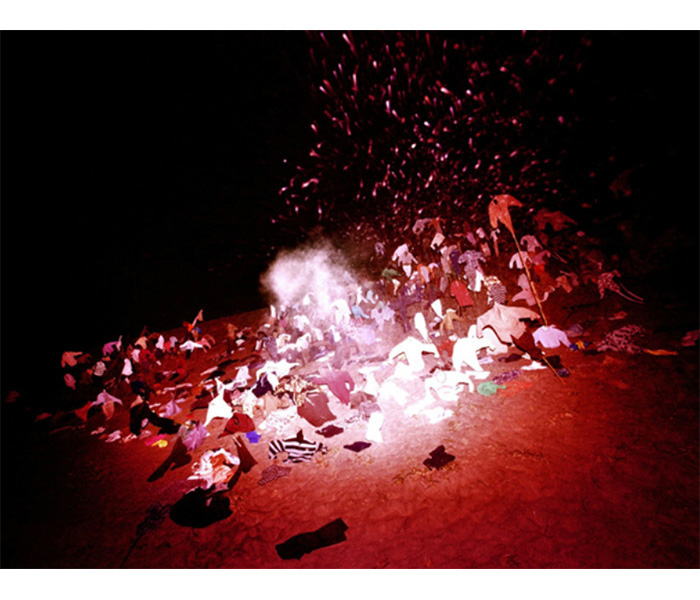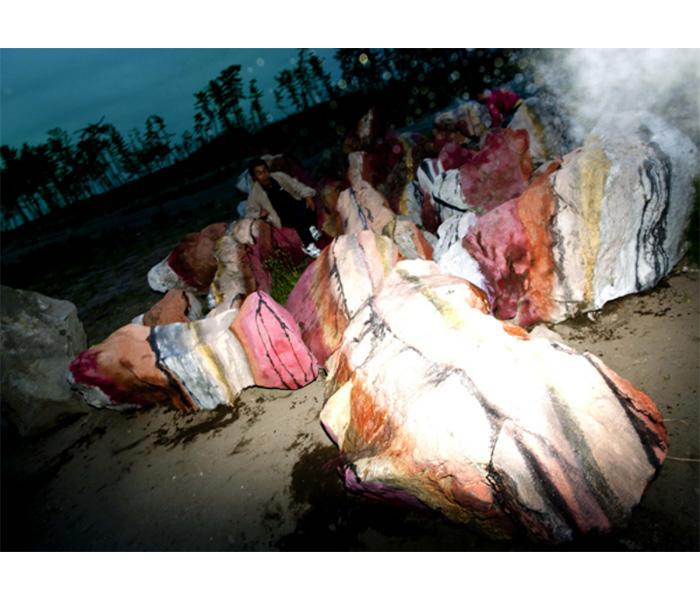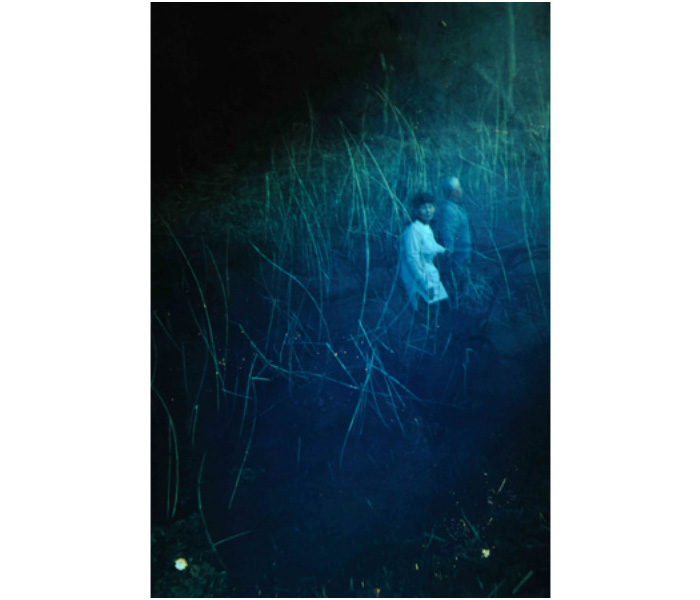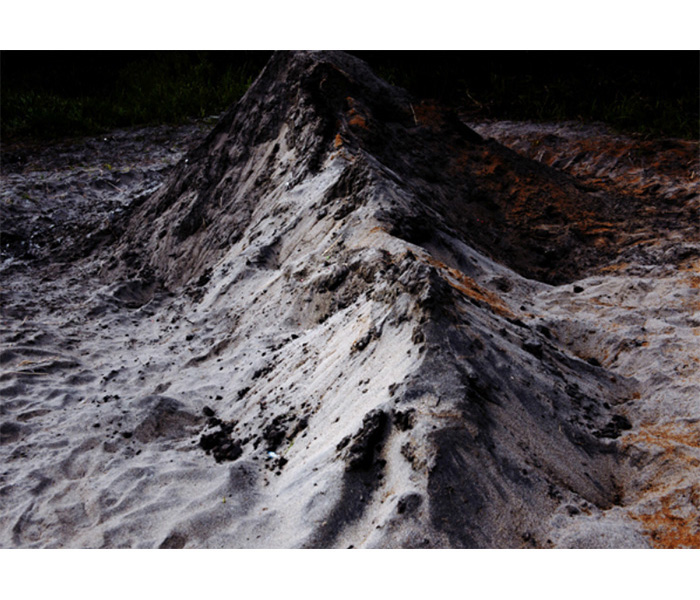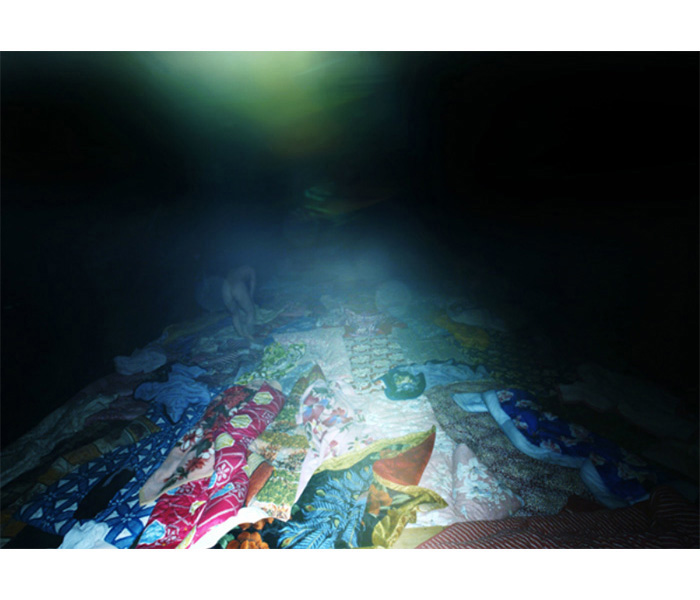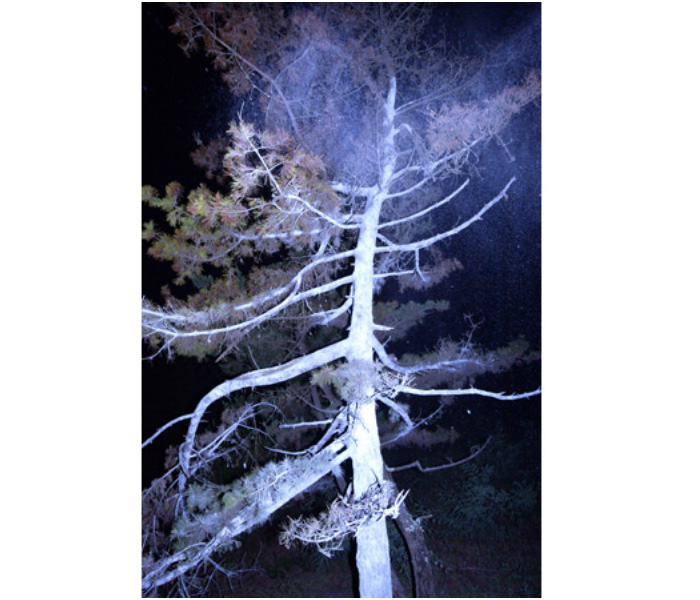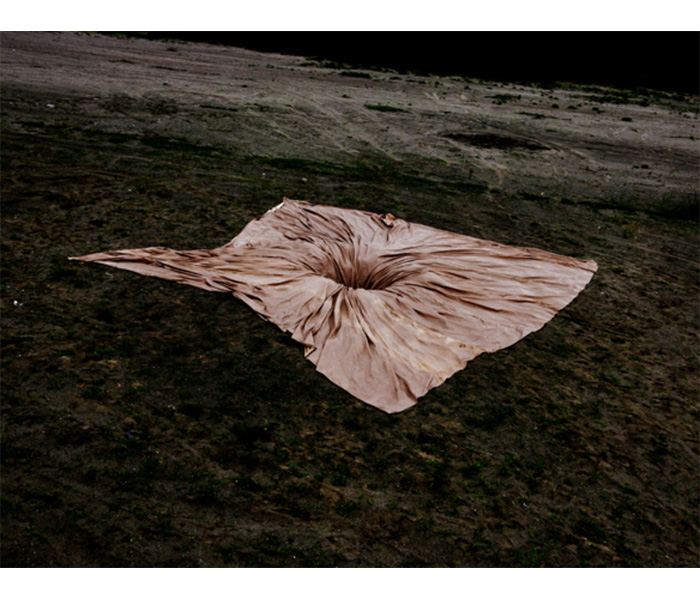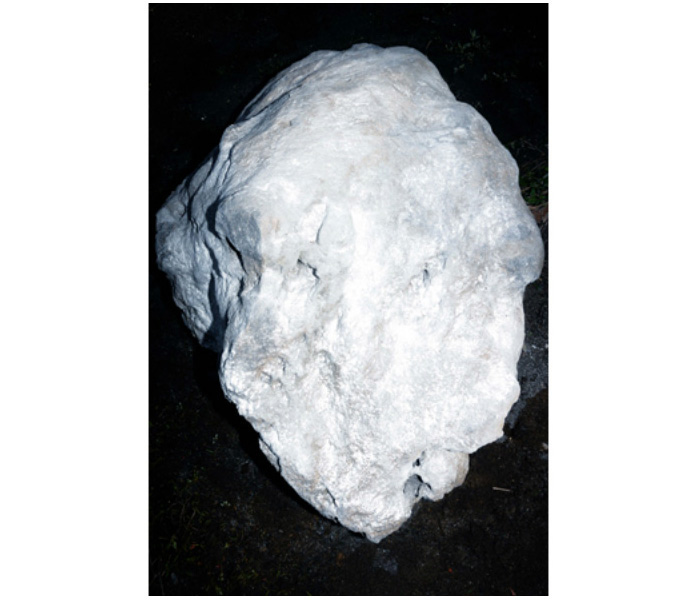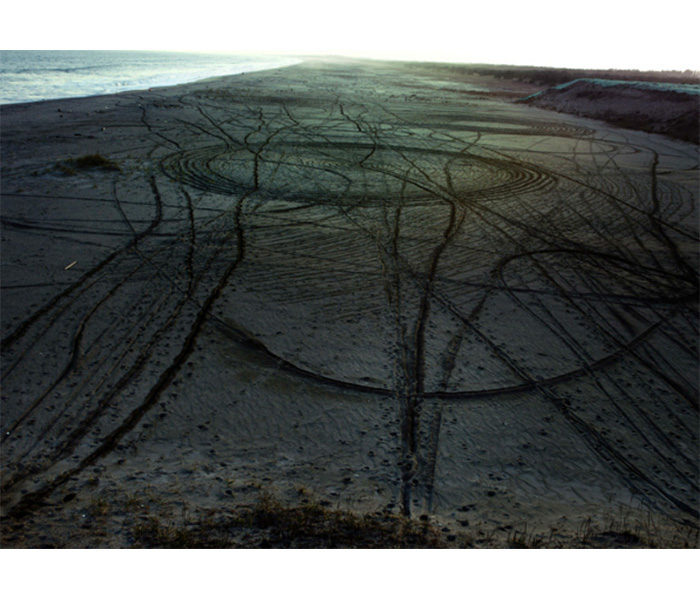Lieko Shiga’s RASEN KAIGAN | album, selected by Max Pinckers
spreads and images courtesy of AKAAKA Publishers
RASEN KAIGAN | album by Lieko Shiga (AKAAKA Publishers, 2013), BUY
Since working in Japan the last couple of weeks, I’ve discovered the work of Lieko Shiga. Her series and book RASEN KAIGAN | album has been a fascinating look into her photographic world and influential in terms of methodology and approach.
RASEN KAIGAN | album was produced over a period of four years in collaboration with local residents from Kitakama in Miyagi Prefecture along Japan’s coast, Spiral Coast, to which the title of the work refers. An eclectic collection of images in a variety of styles and strategies is brought together by a stream of consciousness-like rhythm, which functions surprisingly consistently through the use of texture, lighting and colour along with recognizable recurring elements. Sometimes there’s a pause; a black page, a puzzling blurry object, or a sketch of an intervention yet to be created, which function as interruptions that reflect back onto the creation process and manipulation introduced by the artist herself. Not insignificant of course is the looming post- apocalyptic atmosphere of the 2011 tsunami that seriously affected the area and the stories of Kitakama’s residents on which most of the staged scenes are based.
Although most compelling in my opinion is Shiga’s approach to sculptural elements and the influence of land art in this particular series, which is extended beyond the book and into the exhibition space. The cover image of the book, the exhibition layout and one of the central motifs throughout the series is a spiral, which is a clear reference to Robert Smithson’s iconic Spiral Jetty (1970). The collection of monumentally photographed rocks are in some ways reminiscent of sculptural installations by Jimmie Durham. The relationship between photography and the registration of land art, sculptural interventions or happenings has always been ambiguous, especially when entwined within a series of photographs of a different modus operandi. It is precisely this confrontation between the creation of a work on location in one specific moment in time, and its stylised two-dimensional optical registration that lives on to represent this intervention. The uncertainty about the function and hierarchy of these images provoke the reader to question their status. RASEN KAIGAN | album not only transcends the boundaries of the documentary field but ventures beyond the constraints of the photographic medium in a seemingly effortless way, undoubtedly revealing new discoveries with every reading.

